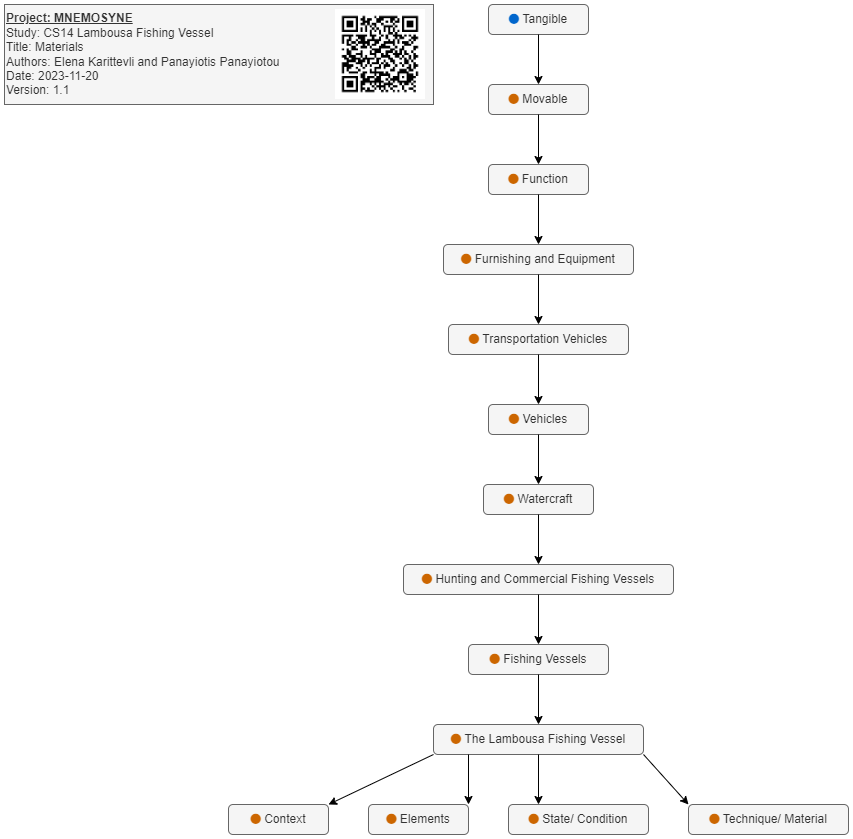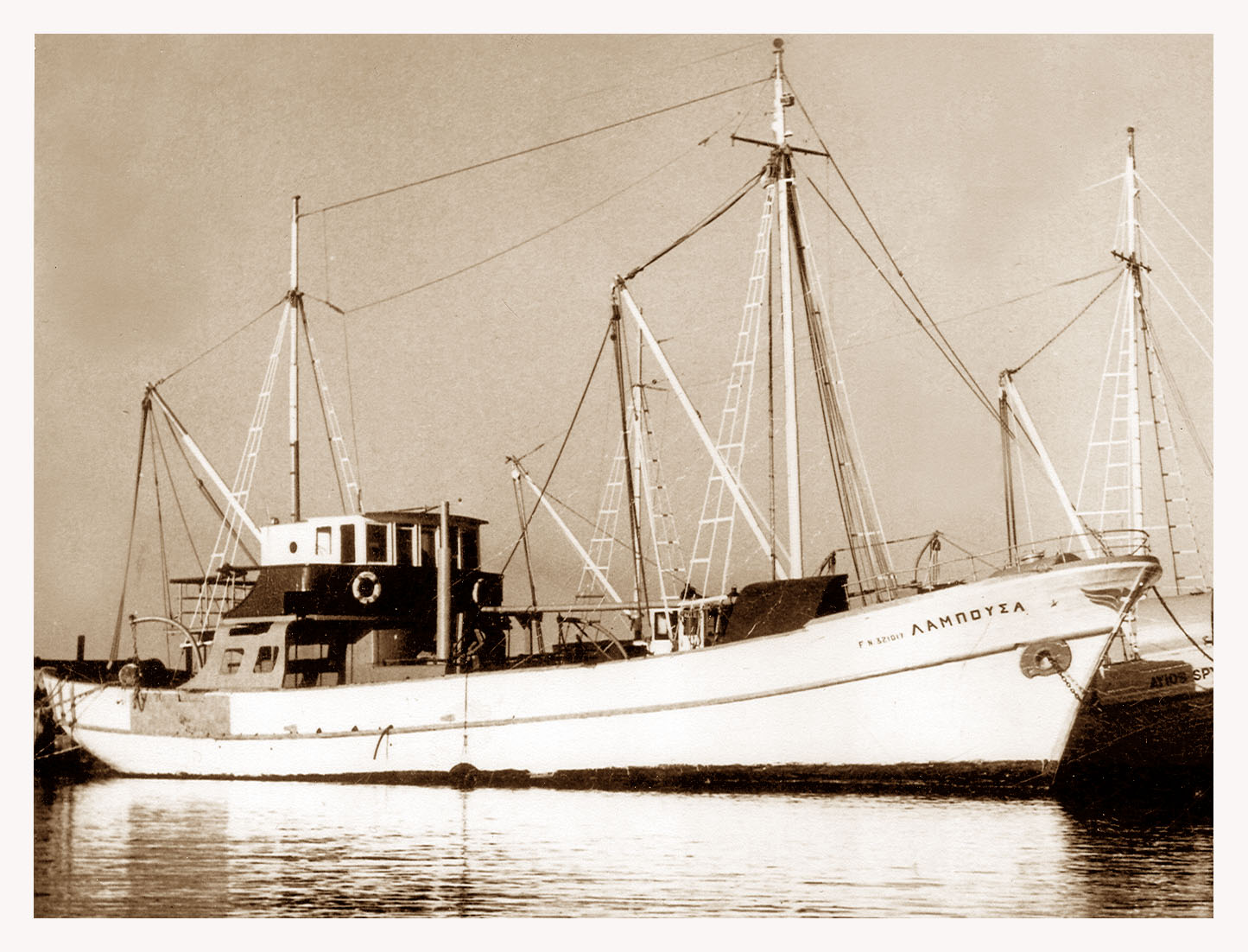
0. Content
- Introduction
- Gallery
- Estimation of Complexity & Quality
- Taxonomy
- User Categorisation
- Research Outputs
- Bibliography
The Lambousa Trawler: Beyond its historical significance as Cyprus’ oldest and last-of-its-kind fishing boat, the Lambousa’s digital rebirth serves a broader purpose. It becomes a reservoir of technological, engineering, and contractual insights, pivotal in physically restoring this unique piece of Cypriot heritage. The once-nomadic fishing vessel now stands as a testament to the EU island’s contemporary maritime narrative and as a digital #MemoryTwin to the generations to come.
1. Introduction
The Lambousa fishing boat is considered a unique historical fishing boat of modern Cyprus culture with rich activity in the eastern Mediterranean waters. The Lambousa fishing vessel, originally named Omonia, was built at Perama, Piraeus in 1955 by Dimitrios Zacharias. It was given the name Lambousa when it arrived at the Famagusta port in 1965. The boat was used for fishing in the Mediterranean Sea for 50 years and is a 25-metre vessel with a 48-ton capacity and a top speed of 10 knots.
The boat was then restored to its original state, and it was used during summer for organized visits with the aim of informing the public about fishing and maritime history and traditions of Limassol and Cyprus. During summer it was anchored at ‘Molos’ (Multifunctional seaside park), Limassol and in the winter, it was kept at the old harbour. The boat was repaired with European funding. Today, it is once again located at the Karnagio area in Limassol, for external and internal improvement works.
Lambousa is one the last traditional fishing boats in Cyprus. Its type is no longer built neither in Cyprus or Greece. The boat was in active service until 2004, when it was given to Limassol Municipality by the Fisheries Department, following the government’s decision to withdraw several vessels to protect marine life (Πλοιάριο, ‘Λάμπουσα’, n.d.). It is a representative example of the Greek shipbuilding tradition and an heirloom, a living reminder of the history of Cypriot fishing. Its rescue is a very important milestone in the field of digital cultural heritage, especially because, according to the Regulation (EU) No 508/2014 – the European Maritime and Fisheries Fund, certain fishing boats should now be destroyed. The historic fishing boat ‘Lambousa’, which is property of the Limassol Municipality and one of Limassol’s popular visitable attraction has been docked for the past few years in a corner of the Karnagio shipyard, where it is eaten away by sea salt and weather conditions.
Lambousa was chosen as a case study in the MNEMOSYNE project because it is the oldest existing fishing boat on the island and a unique and important landmark in the contemporary history of the island. It is worth noting that the Municipality of Limassol requested from the Laboratory to holistically document the fishing boat, in order to digitise, protect and preserve it in history using its advanced technology. This commission was part of a long-standing collaboration between the DHRLab and the Municipality of Limassol, in the context of the MNEMOSYNE project.
Fishing boats have continued to be the major product of boatyards throughout the 20th century. Unique instances of the Greek boatbuilding history were lost in the late 1980s because of the adoption of the EU law on the reduction of the fishing fleet, dealing a serious blow to the maritime cultural legacy. Thousands of wooden fishing boats have been destroyed as a result of excessive subsidies for their demolition in the context of the renewal of the fishing fleet, which have persisted from all subsequent European Regulations in the programming periods that followed until the present. These subsidies were also accompanied by a lack of interest in calling for the preservation of traditional fishing vessels
2. Gallery
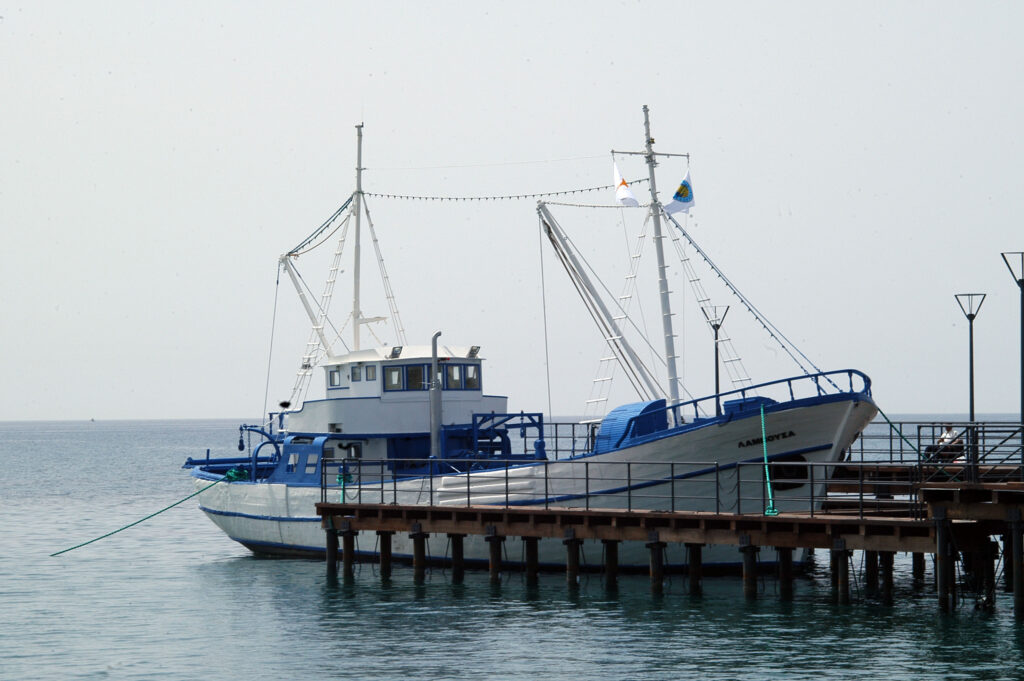
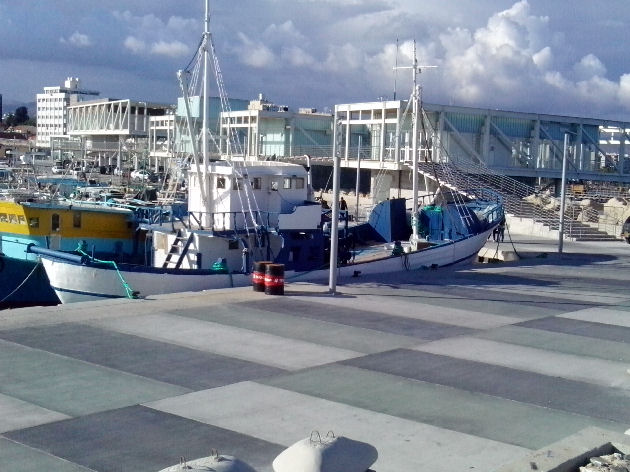
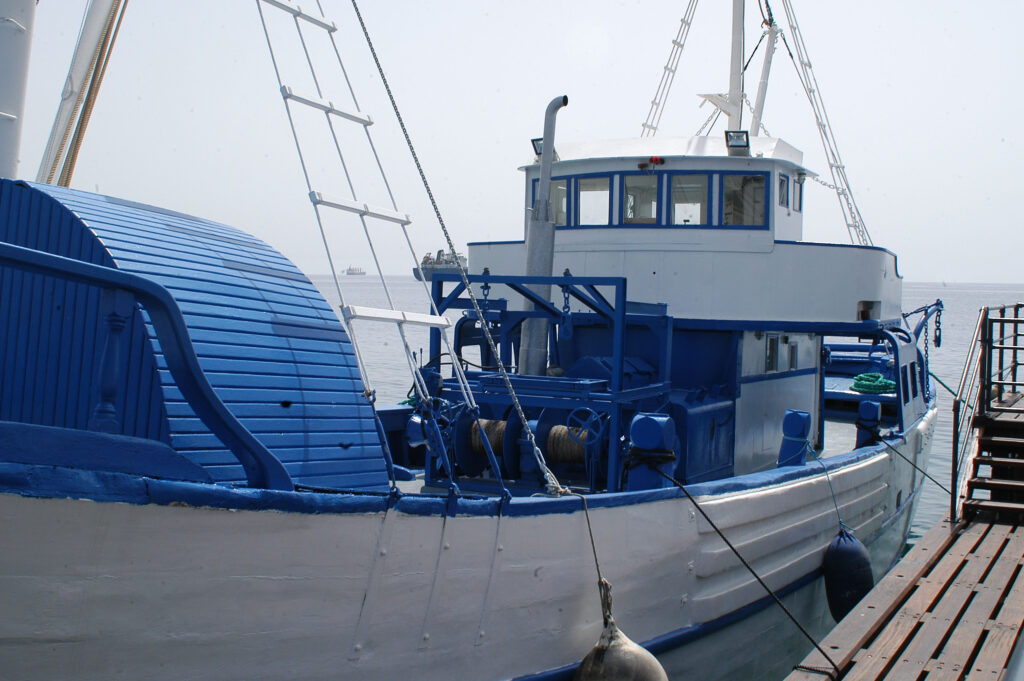
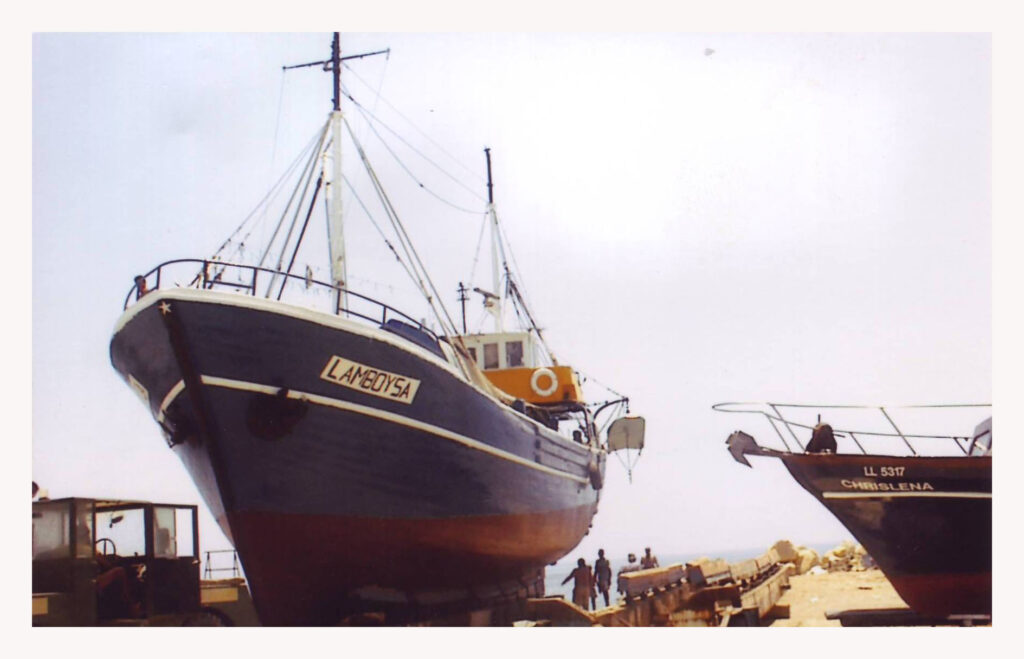
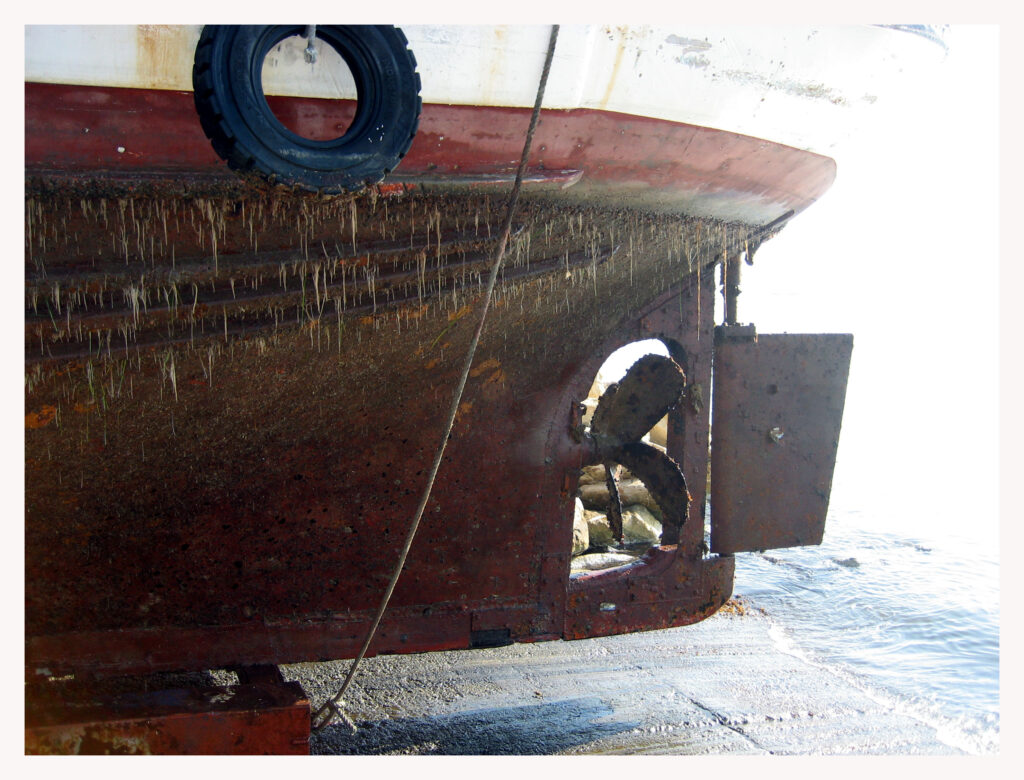

3. Estimation of Complexity & Quality
The following radial charts are base on the based on the EU 3D Study/VIGIE 2020/654
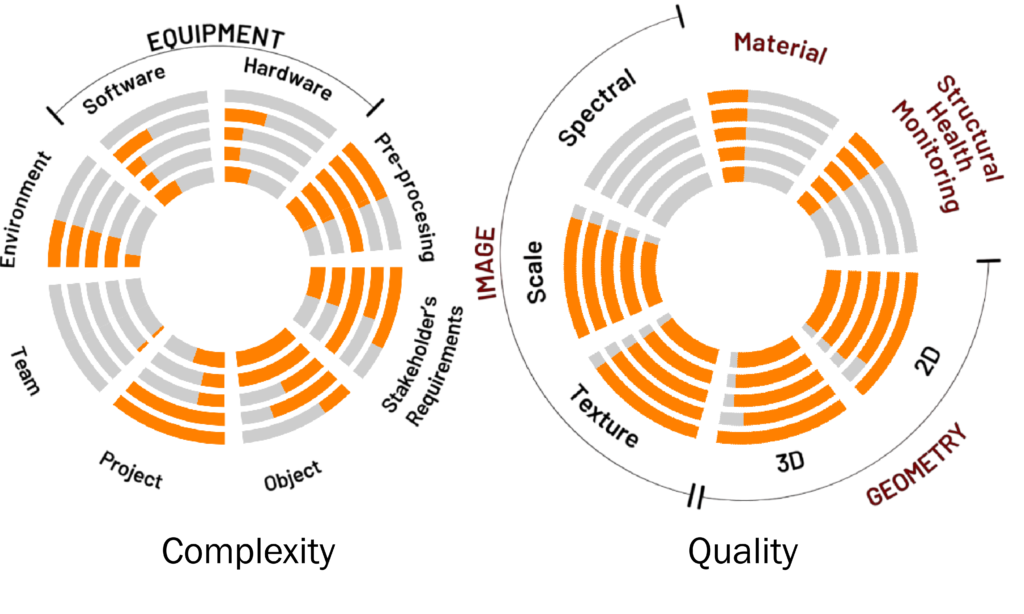
4. Taxonomy
This is a top-level view, clicking on the image will open up the full taxonomy in a new window
6. Research Output
Fieldwork

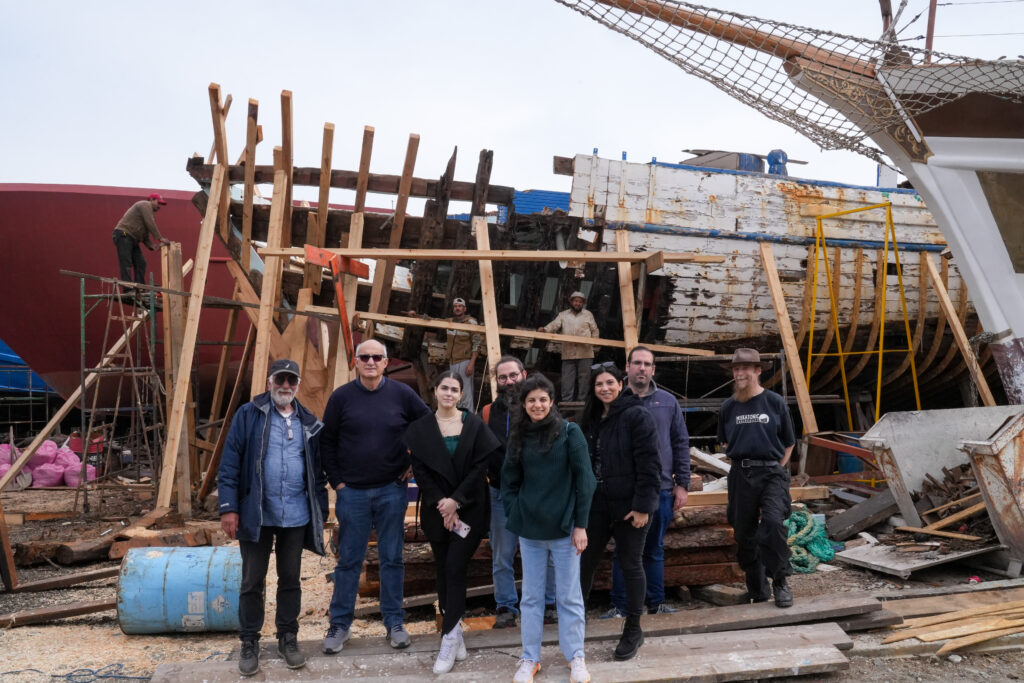
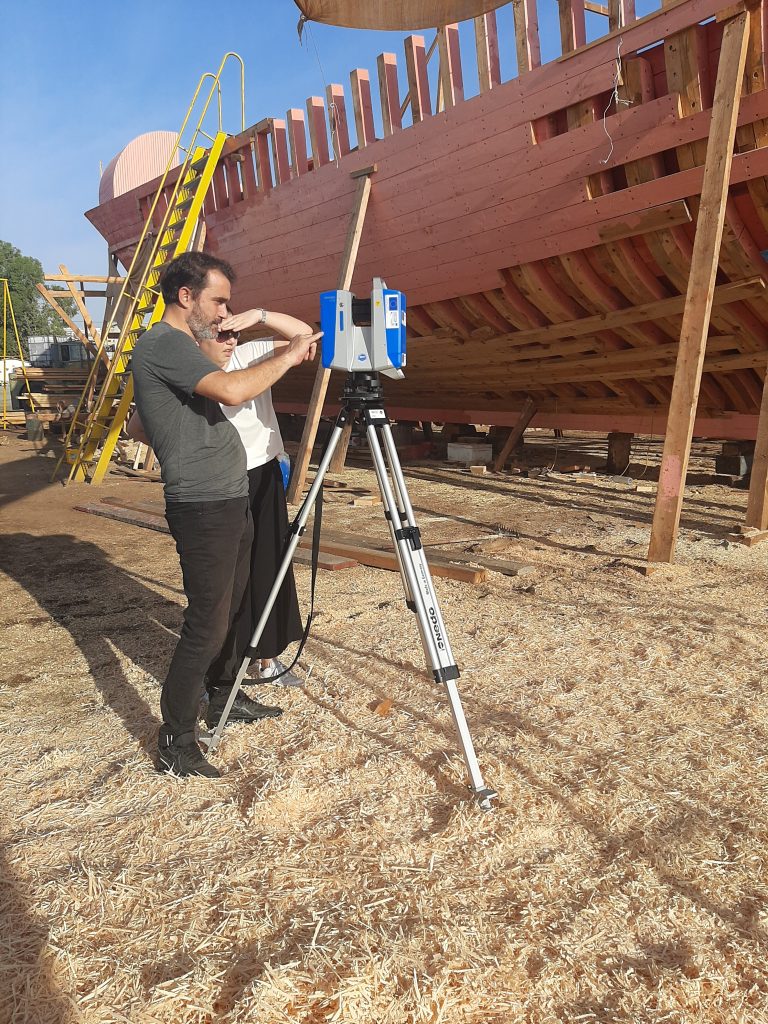
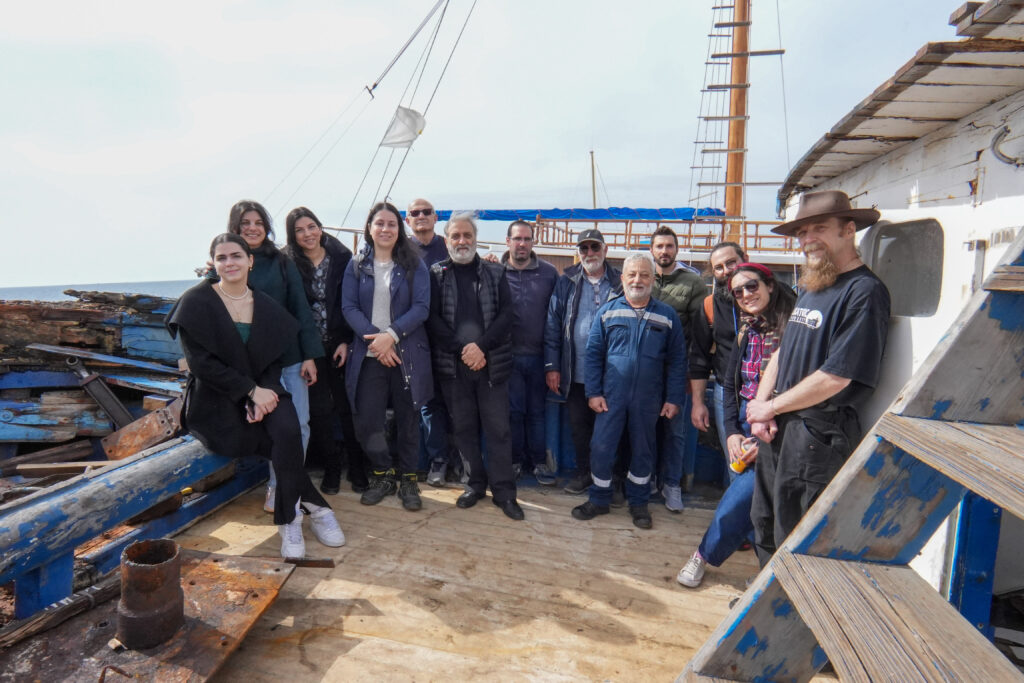
Model Development






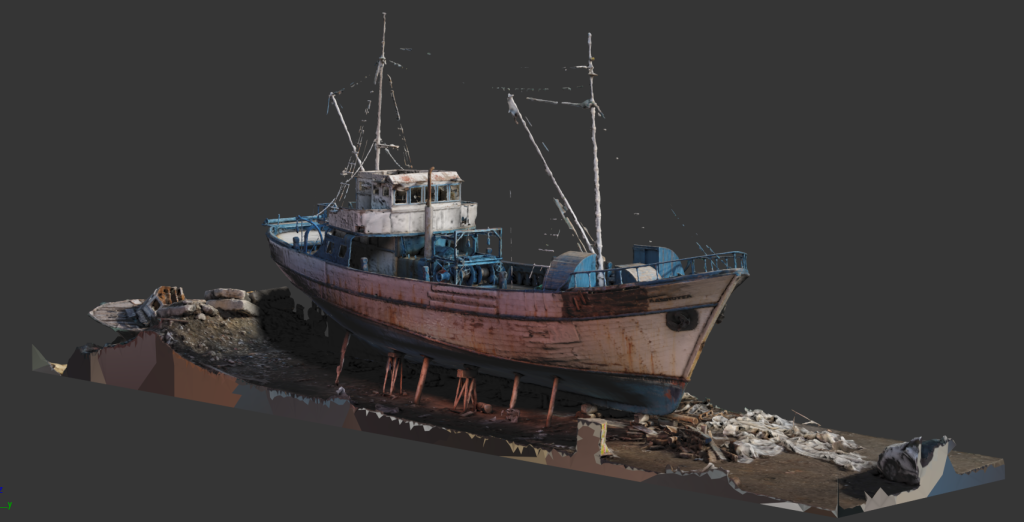
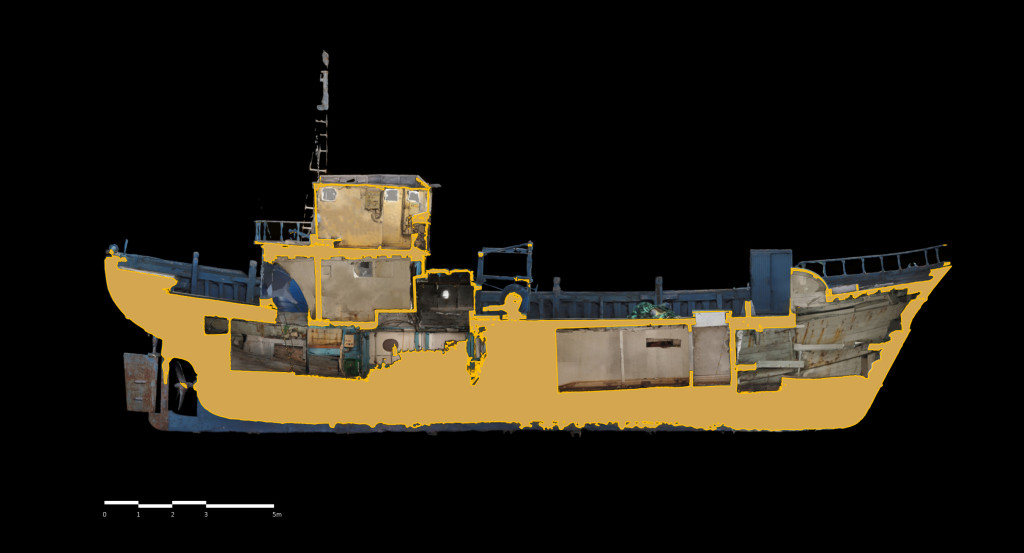
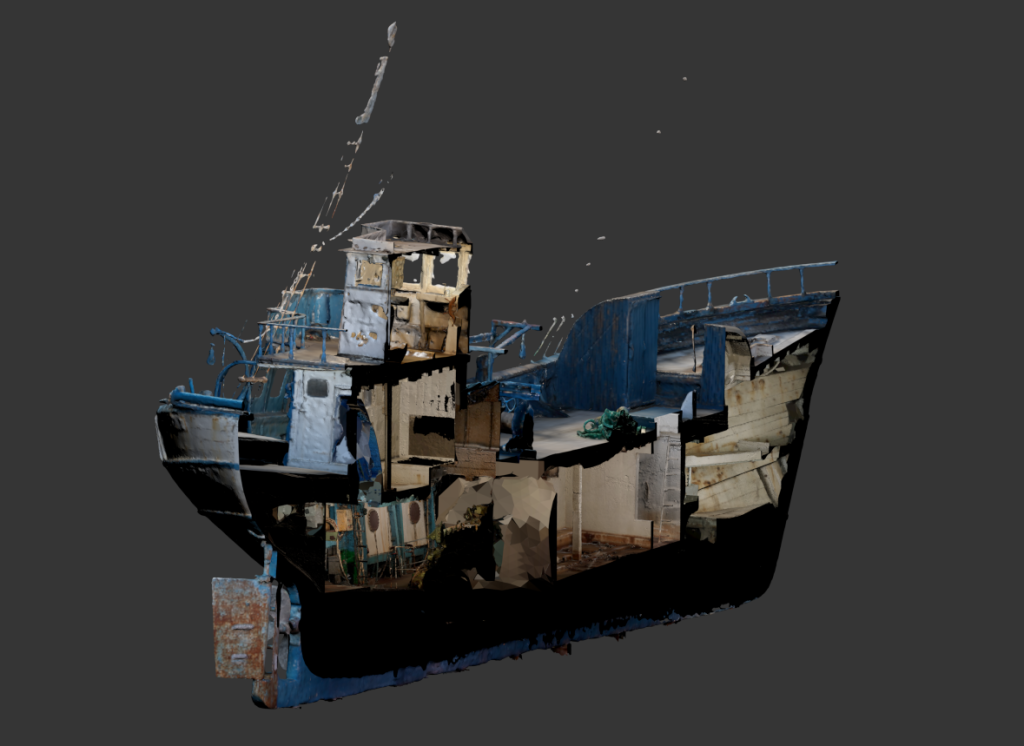
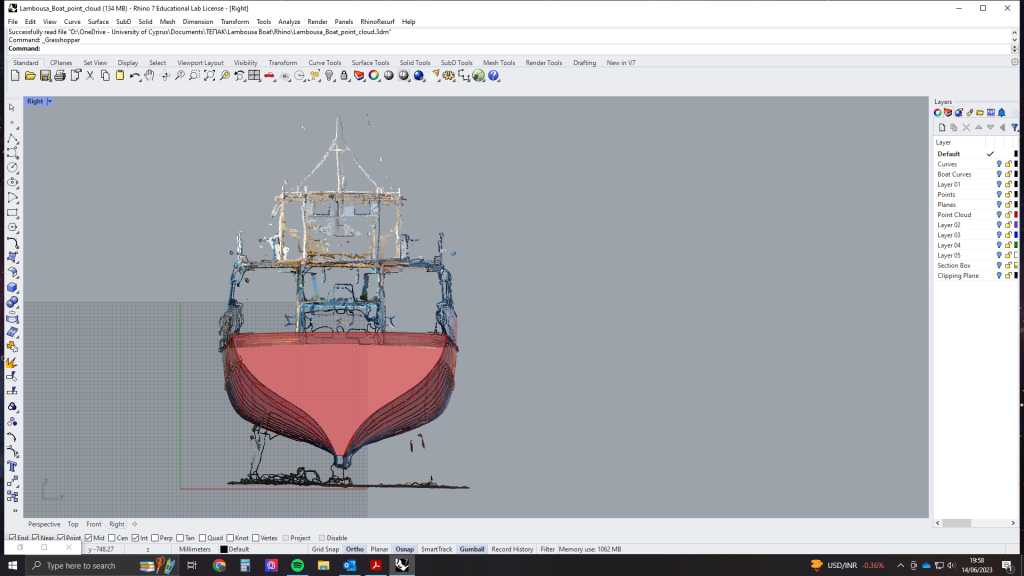
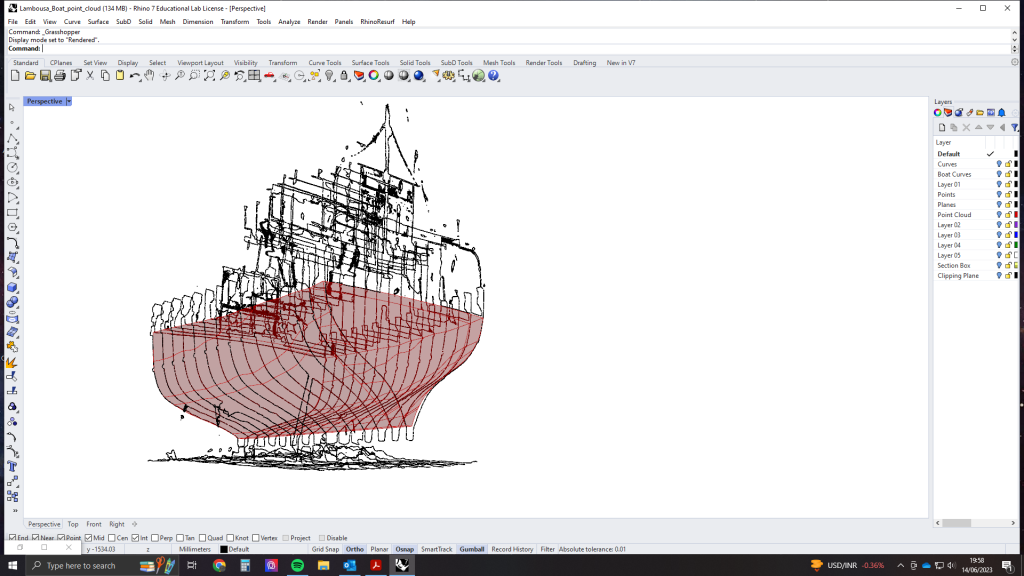
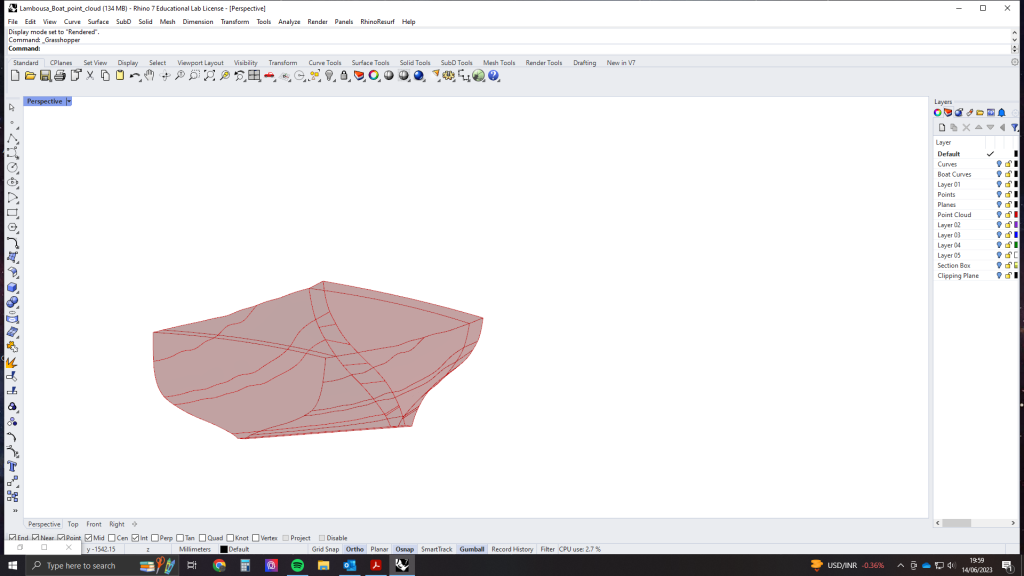
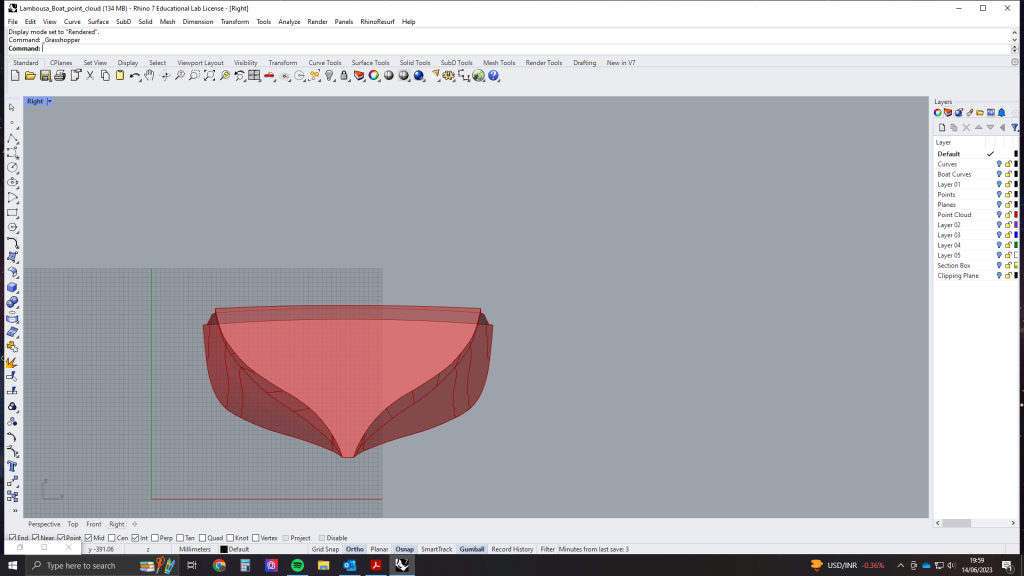
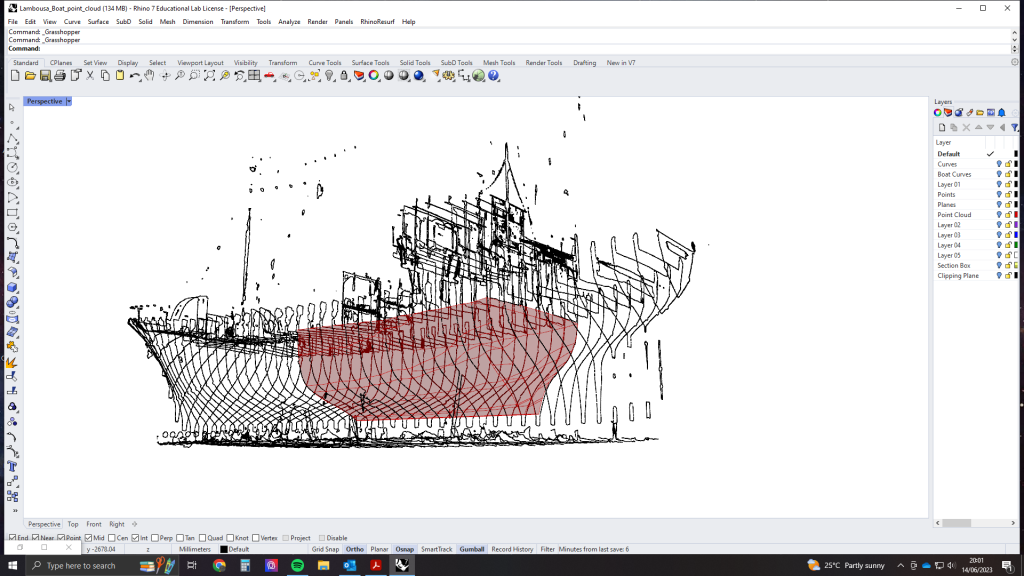
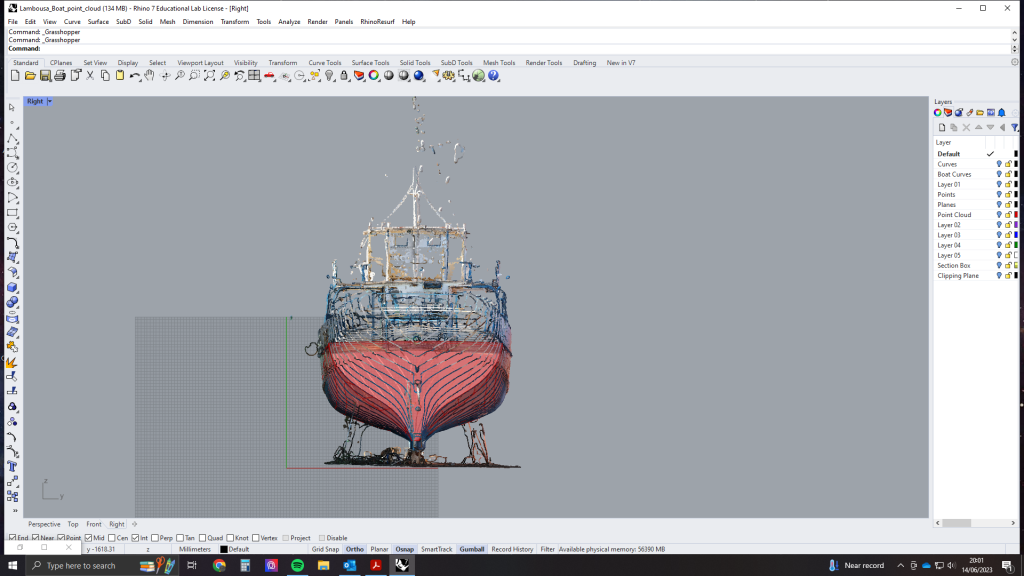
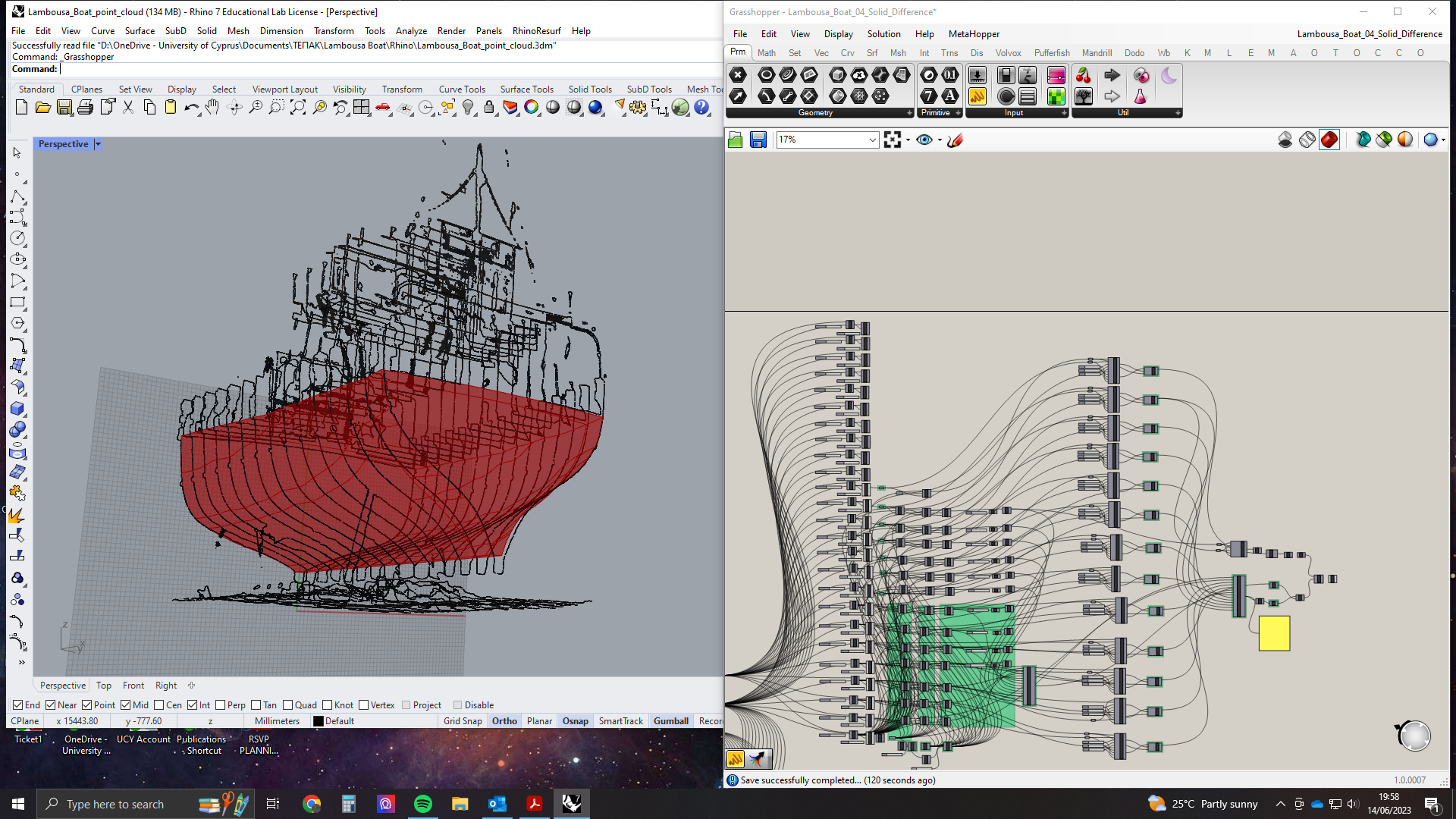
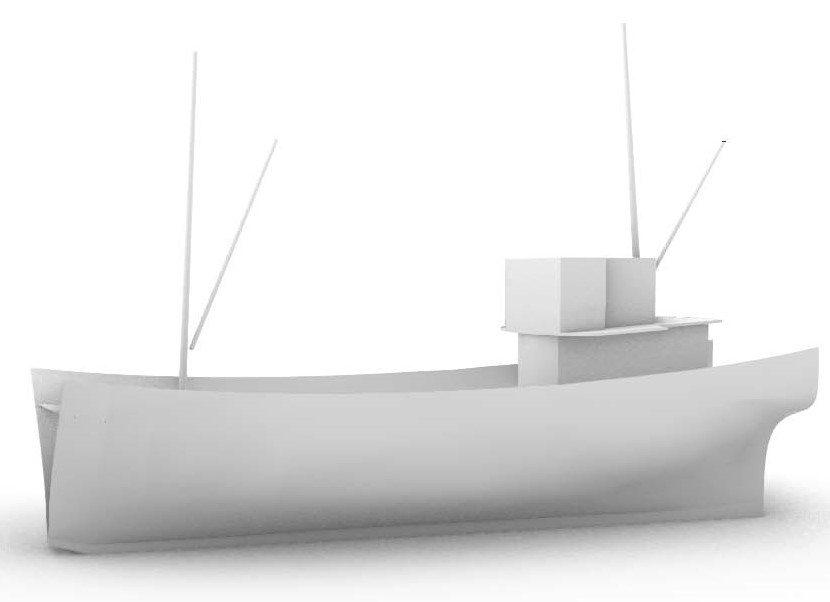
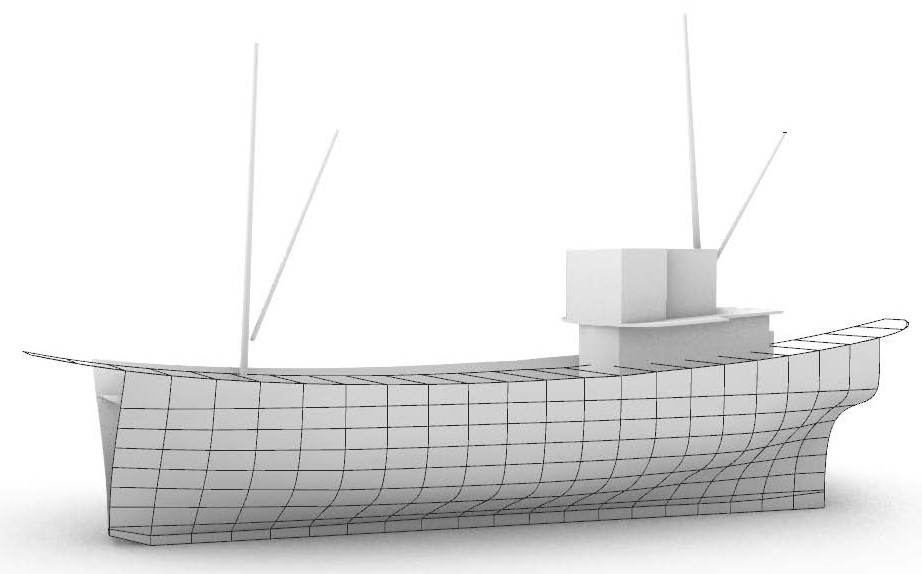
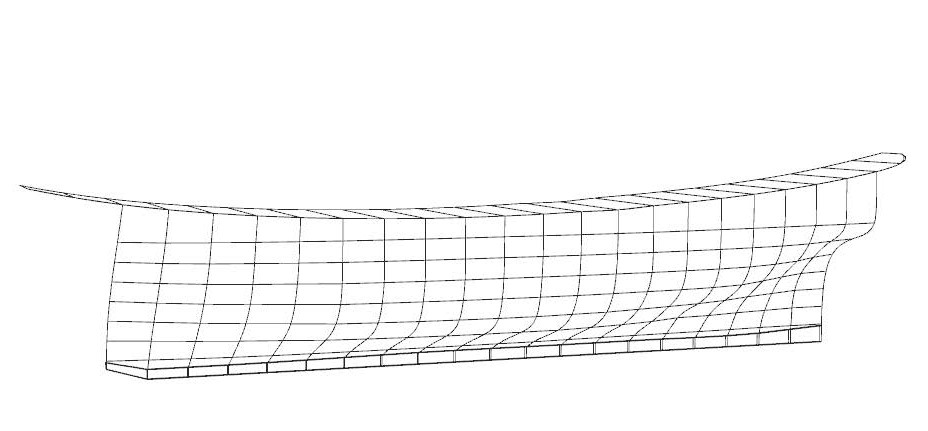
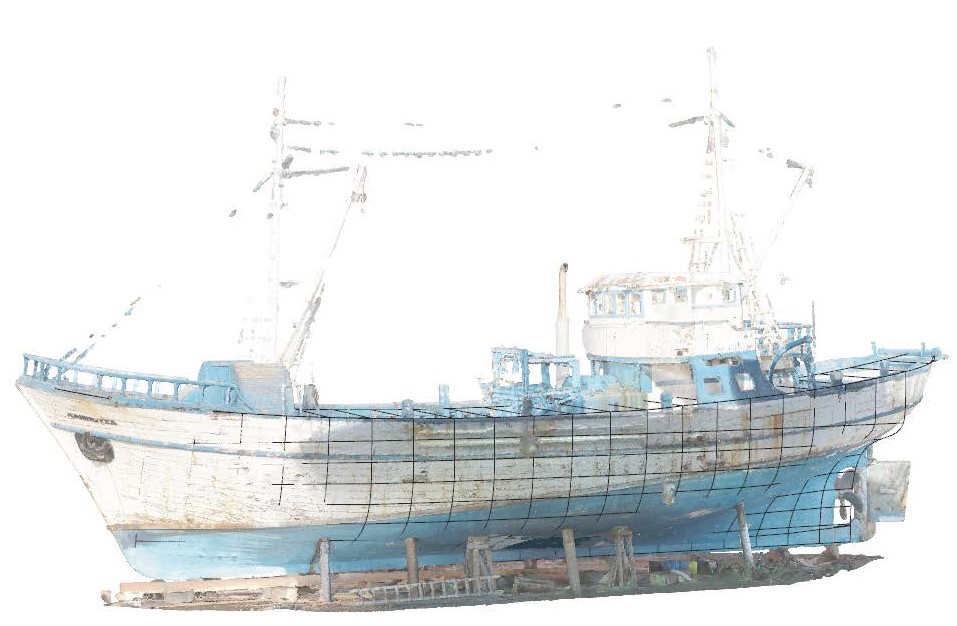
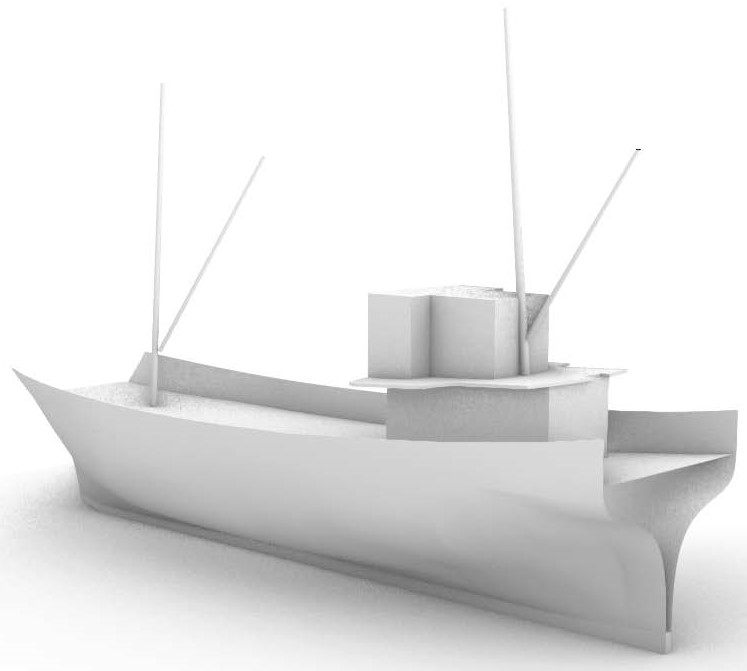
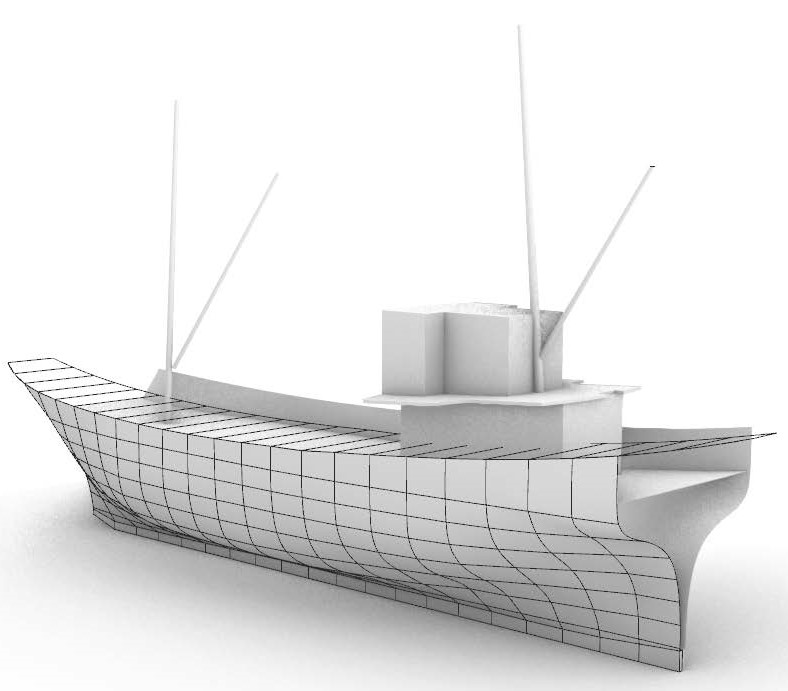
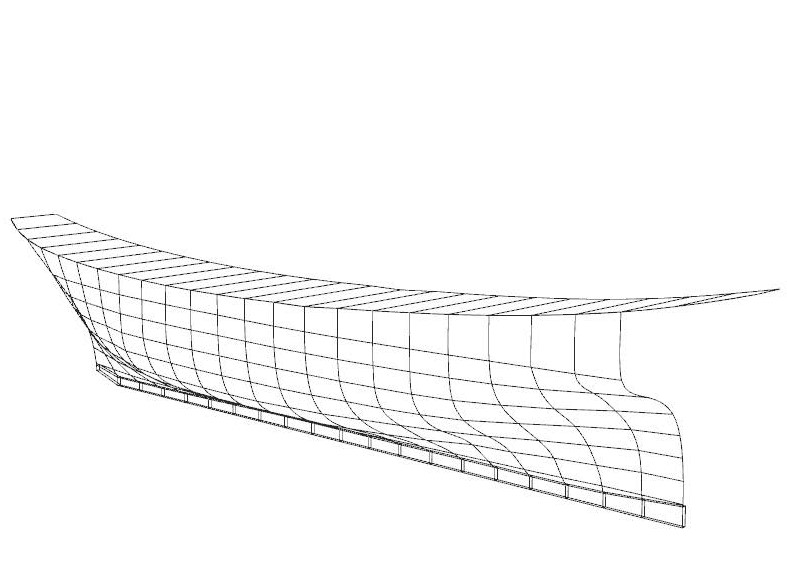
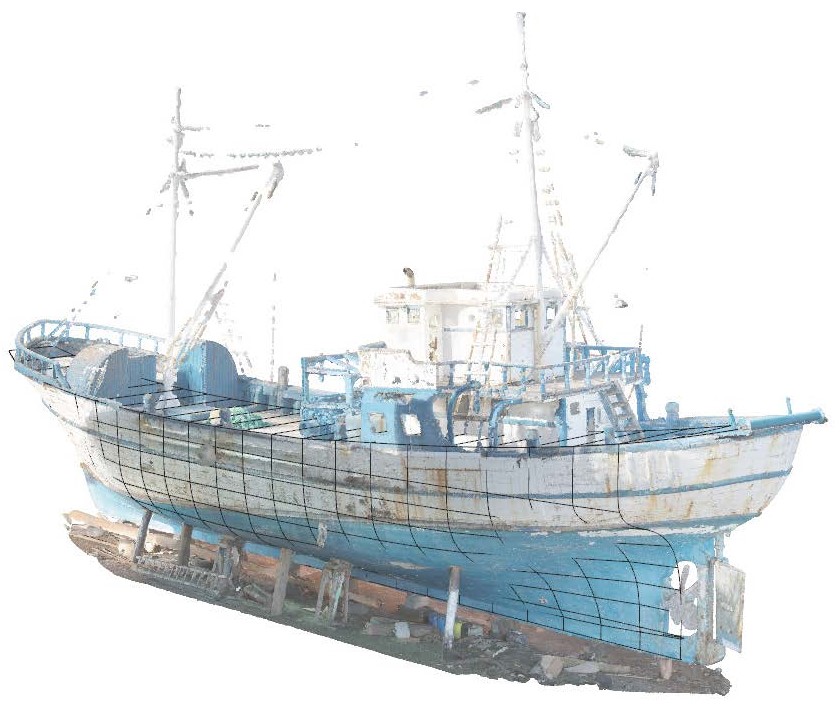
Naval Architecture Drawing Portfolio
The naval architecture drawings were produced to partial LOD 400 ready for use by the conservation and museum design team. The portfolio of images can be downloaded as a .pdf file by clicking on the image below.
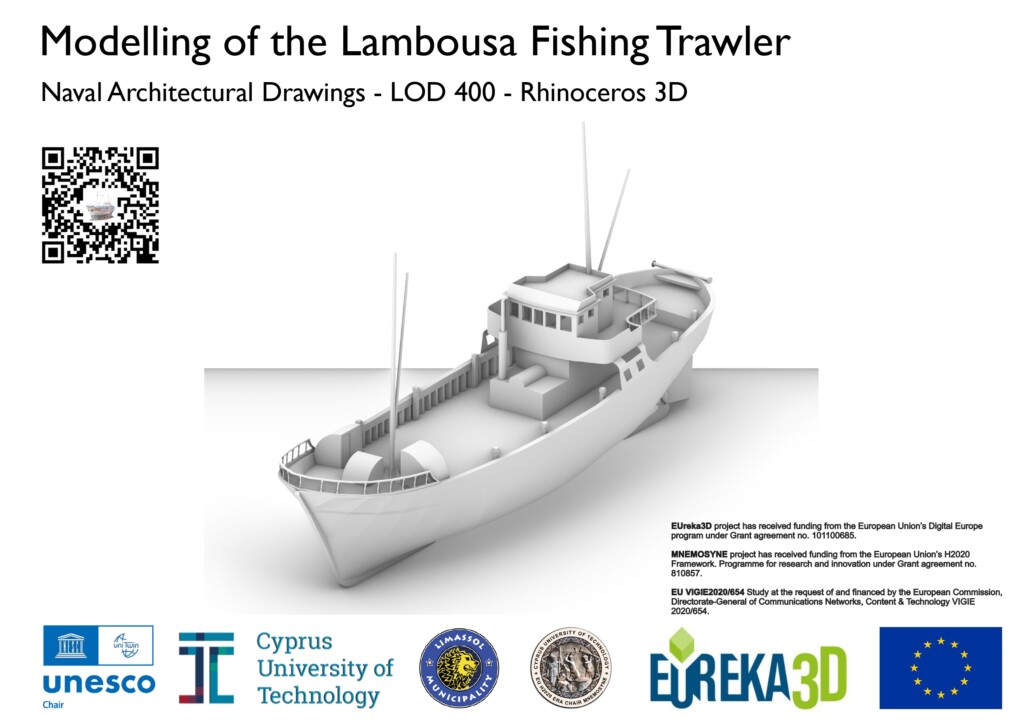
Videos
Location on Google Maps
Bringing it all Together: The eLambousa Online Platform
The eLambousa is an online digital platform providing information for residents, tourists and researchers alike. The platform contains images videos, an eBook, a virtual tour, games and interactive models for education and learning at all levels.

Accessibility and Reuse
This case study has been submitted to the local aggregator (APSIDA) and successfully harvested into the Europeana platform under CC BY-NC-SA 4.0 license.
7. Bibliography
- Charlotte, J. (ed.) (2024) Threats to our ocean heritage: Bottom trawling. Underwater Archaeology. S.l.: SPRINGER INTERNATIONAL PU (Springer Briefs in Archaeology). DOI:10.1007/978-3-031-57953-0
- Common fisheries policy (CFP), from https://oceans-and-fisheries.ec.europa.eu/policy/common-fisheries-policy-cfp_en
- European Maritime and Fisheries Fund (2014–2020), from https://eur-lex.europa.eu/legal-content/EN/TXT/?uri=LEGISSUM%3A0202_1
- Fishing boats destruction, https://woodenboats.gr/en/fishing-boats-destruction /
- Traditional Boats Destroyed According to European Directive, https://greekreporter.com/2011/08/10/traditional-boats-destroyed-according-to-european-directive /
- Πλοιάριο, “Λάμπουσα.” (n.d.). Retrieved September 21, 2022, from https://www.limassol.org.cy/en/ploiario-Lampousa

